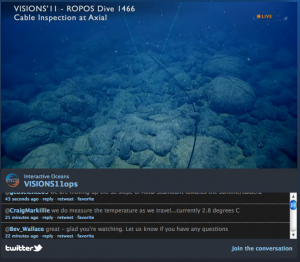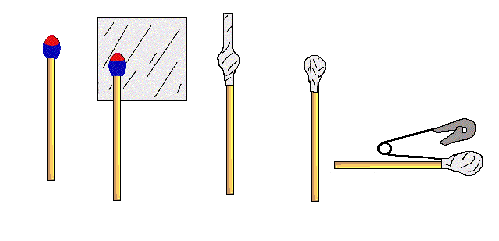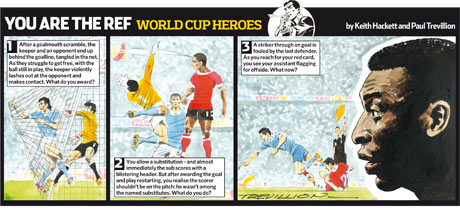
Live science. The remotly operated submersible ROV ROPOS is surveying an undersea cable recently laid across the the Juan de Fuca midocean ridge.
This scientific expedition will be going on until the end of August, and there’ll be live feeds every time the rover is deployed (which depends a bit on the weather at the surface).
If you have questions, they’re also answering your tweets.
Right now, the rover’s heading toward the caldera of the axial seamount volcano. It should get there some time tonight (if they don’t have to stop for anything). So far, we’ve seen dumbo octopuses, crabs, weird fish, brainless worms, sponges, deep sea corals, starfish and lots of pillow basalt. The basalts are unsurprising because these are the rocks produced when volcanos erupt under water.


